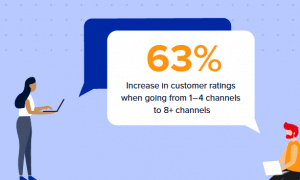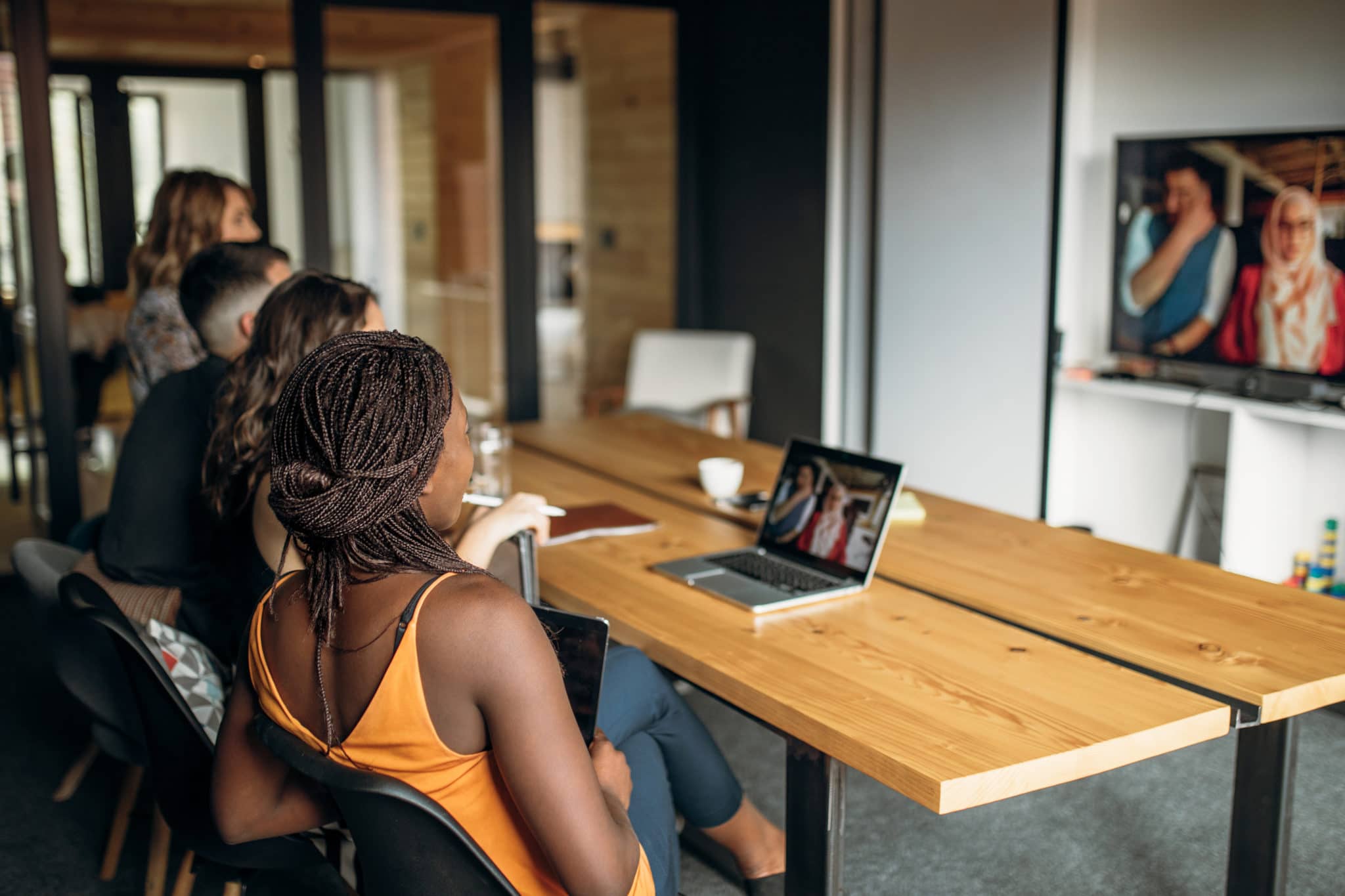We are, for the most part, permanently connected to friends and loved ones around the clock, no matter their location. A movie, song, or answer to any question is just a voice search away. Welcome to the world of instant gratification, where everything is quite literally at our fingertips, and the first victim of these changes is patience.
An increasing number of location-agnostic employees are embracing life as a digital nomad and earn their living using free Wi-Fi. These changes in society are ushering in a new digital age where customers have a whole new level of expectation from brands and businesses. But communication and wanting to speak directly with another human remains crucial to us all.
How do you create meaningful customer connections?
Most people communicate with each other through Facebook Messenger, Instagram, and WhatsApp. A glance at most people’s smartphones will reveal at least one of these digital messaging platforms on the homepage screen. But business leaders are absent from these conversations, and aren’t communicating with customers through their preferred channels.
Asynchronous conversations enable users to start an interaction on a Sunday morning and pick up where they left off several weeks later in a different time zone. Digital messaging can also bring conversations to life with photos, videos, hyperlinks, and even voice messages. For Millennials and Gen Z customers, traditional contact methods such as telephone or email are both restrictive and old fashioned.
With 3.9 billion monthly active users, it’s no accident that Facebook invested heavily in digital messaging, over half the world’s population is using their product every month. But one of the most significant shifts in consumer attitudes is that they are also turning to personal messaging apps for their service needs too.
Customer interactions on their terms
Digital natives expect to be able to start a conversation on a website, app, or email when their schedule allows. And that just might not be during office opening hours.
Brands that increase the number of channels they offer service from 1-4 to 8 or more experience customer ratings increase by 63%. KLM already allows passengers to manage almost every aspect of their journey and send family updates using Facebook Messenger and WhatsApp. There are even rumors that customers will soon be able to book flights using messenger apps too.
Facebook Messenger and WhatsApp for Businesses
Businesses are already thinking beyond messaging and engaging with customers. Facebook Messenger and WhatsApp are enabling companies to create and manage unique experiences in the physical world without leaving their messaging app of choice. Here are just a few examples.
- Document Delivery: Send boarding passes, tickets, and other documents straight to your customer’s phone.
- Live Location Tracking: Share live location data with your customers so they can track deliveries in real-time.
- Rich Content: Attach rich content to your messages like images, videos, and gifs. This is especially useful for e-commerce brands and retailers who wish to show off their products.
- Message Types: Like Facebook, WhatsApp also categorizes messages and limits the number a business can send. This cuts down on spam and increases open rates and user engagement.
In our immediate future, these compelling use cases will quickly set a new standard. Businesses that fail to deliver similar experiences will run the risk of falling out of favor with unforgiving audiences.
Transform your customer engagement
Businesses need to get used to following the attention of their users, rather than platforms. Facebook and WhatsApp will appeal to an older demographic, but younger users might find Instagram DM more appealing. But all ages share their love of using text, images, video, group chat, and voice to communicate across a variety of digital channels.
Securing the attention of consumers on their most used messaging apps helps to build stronger relationships and loyalty. These dramatic rises in expectations should be seen as a fantastic opportunity rather than a challenge. If you succeed in meeting the demands of digital natives, you can secure your brand’s place in a new era of customer communication.
If you would like to discuss how you can leverage Facebook, WhatsApp, and Instagram to engage with your audience authentically, visit RingCentral or read this Guide to Customer Service with Facebook Messaging Apps for Business.
Originally published Feb 24, 2020, updated Dec 30, 2022





